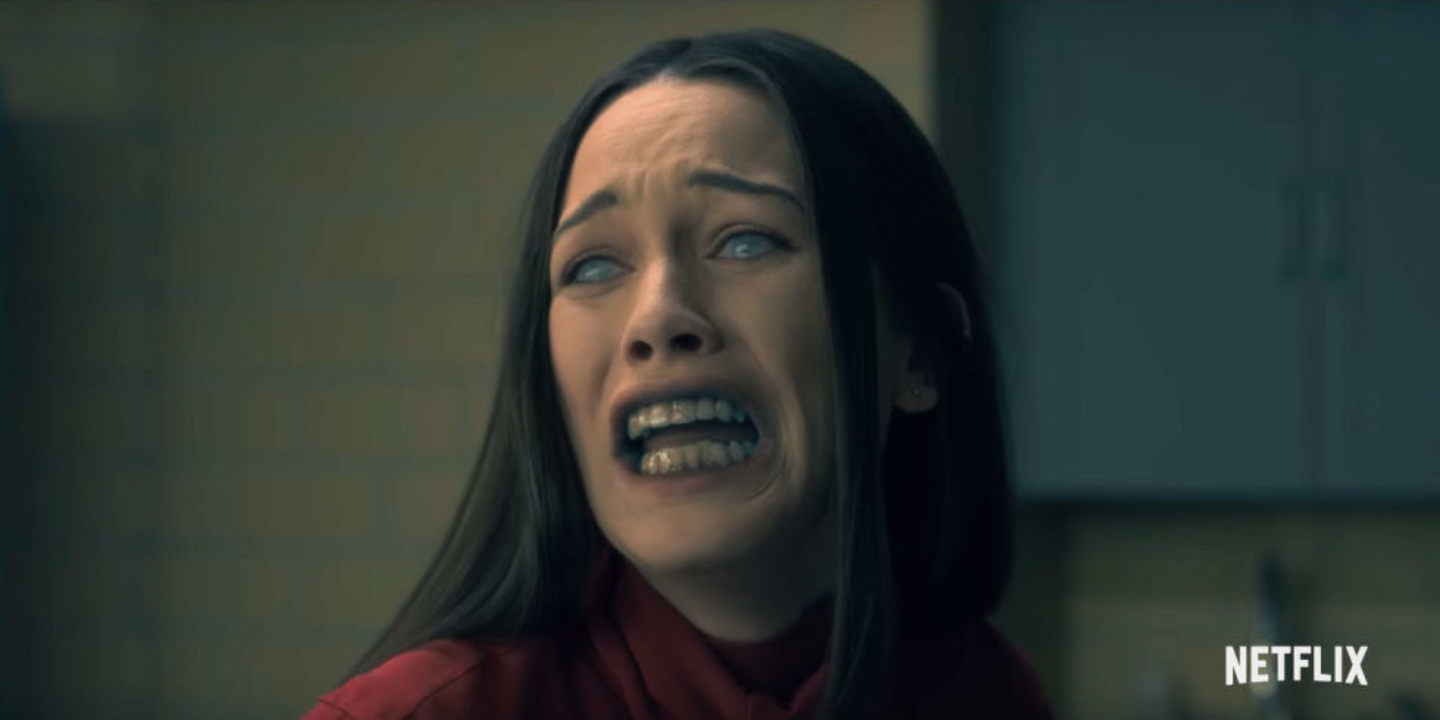Shirley Jackson’s The Haunting of Hill House is, by far, my favourite novel. It was on my reading list in Gothic literature several years back, and since then, I’ve read it every October. The main premise is that Eleanor, a meek woman who recently lost her mother, along with Theodora, a free spirit with psychic abilities, and Luke, the heir to Hill House, are called there by Doctor Montague, a professor who’s looking to write a paper on the paranormal experiences that occur in Hill House.
Naturally, I was thrilled to find out that Netflix recently created an adaption of the book. I was not so thrilled to find out that the adaptation takes place 20 years after the original paranormal experiences, and that those called to Hill House are no longer a carefully selected research crew, but siblings.
The problem with this is that it fundamentally changes a very important part of the story: Theodora and Eleanor’s “kind of a relationship but not quite” that grows and eventually crumbles, the dissolution of which is connected to Eleanor’s — Nell, as Theodora calls her — slow descent into madness. In doing so, the writers are forced to jump through hoops and backbend around plot holes to connect this modern version to the original.
Having said that, despite the show’s writers completely annihilating an important plot point, they did manage to retain Eleanor and Theodora’s personalities — Eleanor is neurotic and nervous, Theodora is petulant and a little standoffish.
But, because their relationship is buried, there are a lot more differences that leave the writers grasping at ways to maintain a semblance of continuity between book and show, past and present. In the book, Crain is the name of the family who built Hill House — in the show, Eleanor’s family are the Crains, and the Hills are the ones who built the house and lived there prior. Dr. Montague is Eleanor’s psychiatrist in L.A., Mrs. Montague and Arthur don’t exist, and Mrs. Dudley is no longer a robot who repeats phrases such as “The dishes belong on the shelves.” And Luke, the amiable heir of Hill House, is now addicted to heroin — a narrative that, when the reason behind his addiction is revealed, is as heartbreaking as it is horrifying.
However, one major difference, and I mean major, is that Eleanor, the main character of the novel, the one whom Hill House chooses to swallow up and bring toward insanity, is killed off in the first episode. So, instead of following Eleanor’s nosedive into insanity, the show focuses on the lives of her siblings (who, in the book, were no more than strangers when they first met at Hill House).
Jackson was a master of subtle horror. The characters in Hill House deal with ghosts banging on the walls, children giggling and gurgling in the night, a room soaked in blood. But the show is, understandably, more terrifying. With appearances by the “bent-neck lady,” and a creature that shudders around the secret basement and tries to kill Luke, we’re brought into the 21st century of in-your-face jump scares. Yet there is one aspect of subtle horror the show holds onto from the book — Eleanor, oblivious to her surroundings, waltzing through decrepit Hill House with her invisible partner.
Although Netflix’s The Haunting of Hill House deviates from the original in important ways, it still retains the same message that Shirley Jackson published in 1959: that Hill House is utterly, undeniably alive, not sane, and slowly chipping away at the sanity of those who inhabit it. Remember: those who walk the halls of Hill House, walk alone.


